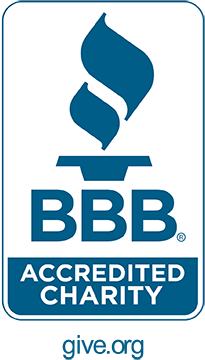The DREAMS Innovation Challenge (DREAMS-IC) program was a three-year cooperative agreement funded by the U.S. Department of State through Office of Global AIDS Coordination (OGAC). DREAMS-IC is managed by JSI Research & Training Institute, Inc. The project supported and advanced implementation of the U.S. President’s Emergency Plan for AIDS Relief and the DREAMS initiative by providing capacity development and technical support to DREAMS-IC sub recipients in 10 African countries that seek to improve the overall health of communities and achieve other health-related impacts, especially in relationship to adolescent girls and young women. In Uganda, World Vision implemented a 2 year Strengthening School – Community Accountability for Girl’s Education (SAGE)-DREAMS project aimed at increasing school retention and reducing the incidence of HIV among adolescent girls aged 13 – 19 years. The SAGE- DREAMS project covered 10 districts of Uganda and targeted 38,750 AGYW in 151 schools by 2018. The targeted districts included: Gulu, Lira, Oyam, Bukomansimbi, Rakai, Mityana, Mukono, Mubende, Gomba and Ssembabule. The project was implemented in partnership with two sub-recipients, Center for Transformative Parenting and Research (CTPR) and Friends of Christ Revival Ministries (FOC- REV), each covering specific component of the project.
The specific project objectives were:
- To establish an adolescent girls-led Early Warning System (EWS) to prevent school dropout;
- To strengthen school-community linkages to support AGYW to remain in school and reduce new HIV infections; and
- To strengthen linkages with health care providers for Youth Friendly Reproductive Health Services (YFRHS) including HCT, referrals for HIV care treatment and adherence support.
The Innovation; The project utilized the Early Warning Systems (EWS) approach; the EWS is an adolescent led evidence-based monitoring system that supported identification of critical vulnerabilities and risk factors (attendance patterns, behavior, and academic performance) and triggered quick actions to reduce dropout. The approach was used by the SAGE project to identify adolescent girls at risk of dropping out of school. This approach used the Stay in School Committee (SISC) structure consisting of six adolescent girls and nine adult members. The peer educators were instrumental in creating awareness, counseling and mentoring other girls, developing and delivering key messages to fellow students on life skills, GBV prevention, reporting and referrals, and HIV prevention, care, treatment and support. SAGE project conducted its end line evaluation which provided a basis for assessment of outcomes and potential impact regarding aspects of education and behavioral practices of adolescent as well as other relevant stakeholders within the project intervention areas/districts.





